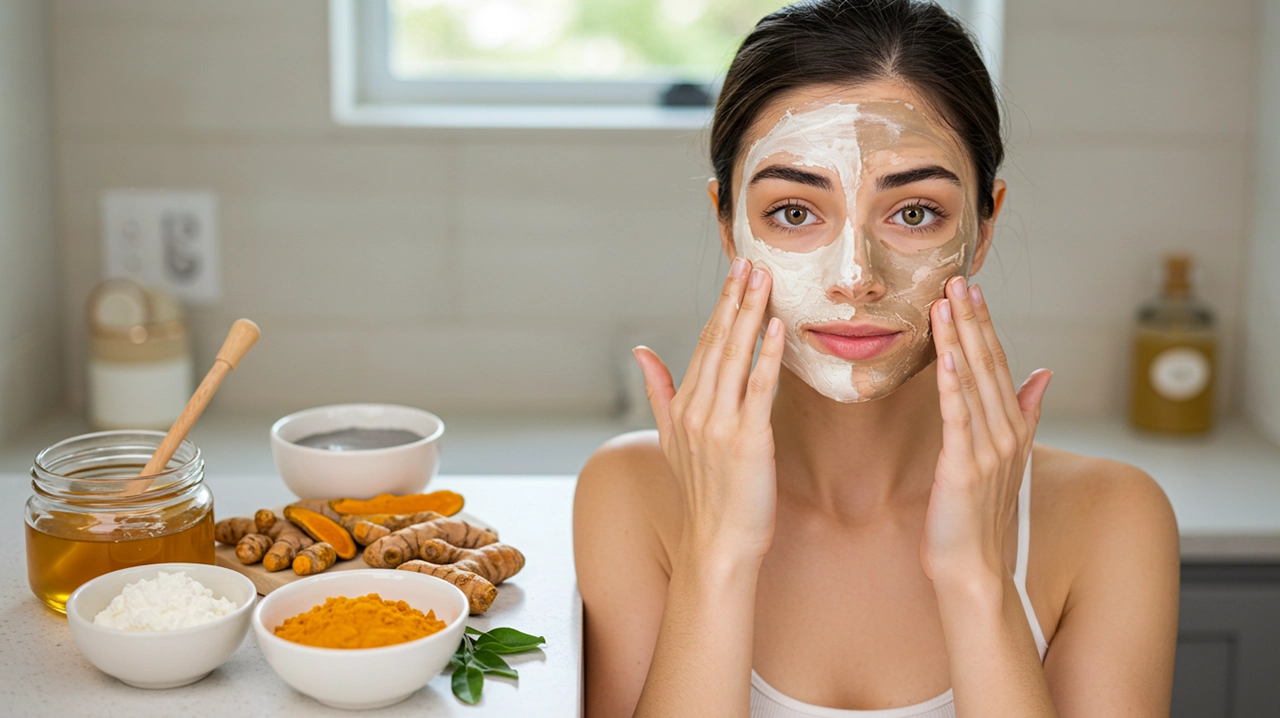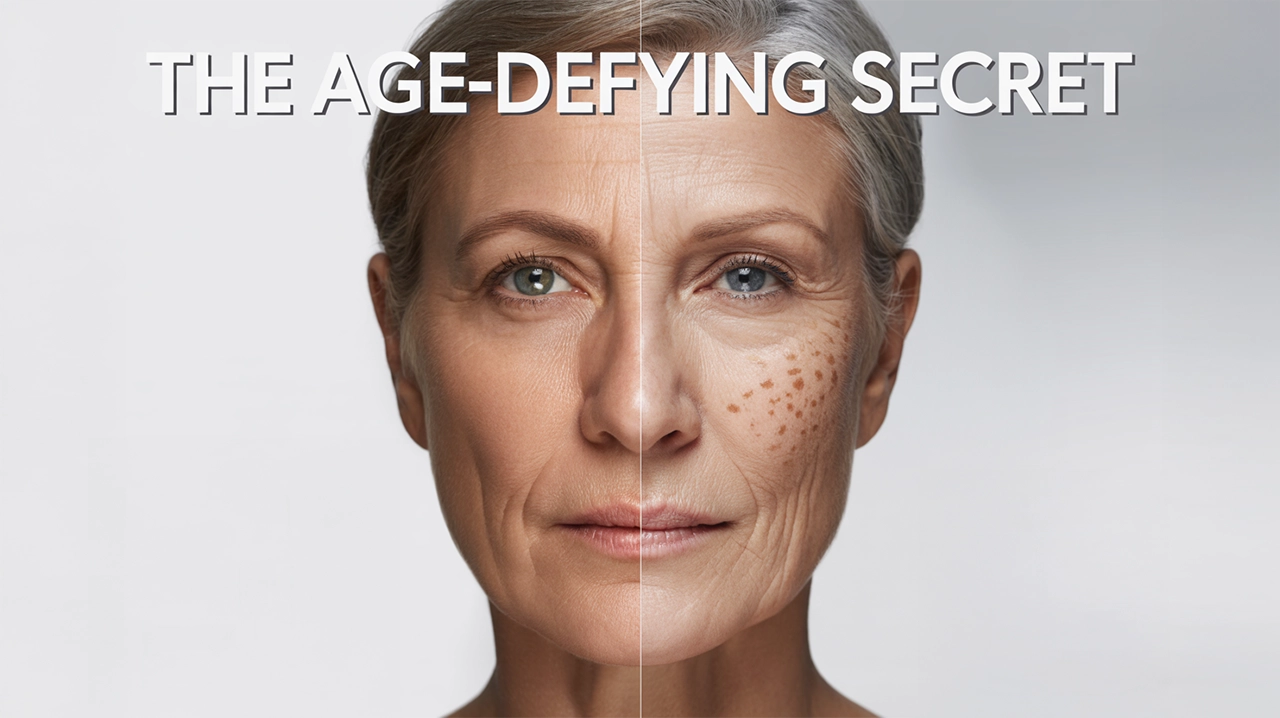Timeless Beauty: Customize Skincare for Your Age
Your 20s and 30s are the best time to build a skincare routine for healthy, glowing skin in the future. During these decades, your skin is still producing ample collagen and elastin, giving you that youthful bounce and radiance. However, this is also when you might start noticing the first signs of aging and the effects of lifestyle choices on your skin.
Prevention is Key
In your 20s and 30s, your skincare mantra should be “prevention.” Focus on protecting your skin and building healthy habits for long-term benefits. Here’s what you should prioritize:
- Sun Protection: Make sunscreen your best friend. Apply a broad-spectrum SPF 30 or higher every single day, rain or shine. This simple step can prevent premature aging, hyperpigmentation, and reduce the risk of skin cancer.
- Cleansing: Invest in a gentle, pH-balanced cleanser that removes impurities without stripping your skin of its natural oils. Cleanse twice daily to keep your pores clear and your skin fresh.
- Hydration: Even if you have oily skin, don’t skip moisturizer. Look for lightweight, non-comedogenic formulas that won’t clog your pores. Hyaluronic acid is an excellent ingredient for all skin types, as it attracts moisture without feeling heavy.
- Antioxidants: Incorporate antioxidants like vitamin C into your routine. These ingredients shield your skin from UV and pollution damage, keeping it glowing.
Addressing Common Concerns
Your 20s and 30s can bring their own set of skin challenges. Here’s how to tackle them:
- Acne: Many people continue to struggle with acne well into adulthood. If this is you, look for products containing salicylic acid or benzoyl peroxide. For a gentler approach, try tea tree oil or niacinamide.
- Uneven Skin Tone: To brighten dull skin and boost your glow, use chemical exfoliants like AHAs or BHAs once or twice a week. These help remove dead skin cells for a smoother, fresher look.
- Fine Lines: While not a major concern yet, you might start noticing fine lines around your eyes or forehead. Start using a gentle retinol product a few nights a week to boost collagen production and cell turnover.
Building Your Routine
Here’s a sample skincare routine for your 20s and 30s:
Morning | Evening |
1. Gentle Cleanser | 1. Oil-based Cleanser (if wearing makeup) |
2. Vitamin C Serum | 2. Gentle Cleanser |
3. Lightweight Moisturizer | 3. Chemical Exfoliant (1-2 times/week) |
4. Sunscreen | 4. Retinol (2-3 times/week) |
| 5. Moisturizer |
Remember, consistency is key. Stick to your routine, and you’ll see the benefits of your efforts reflected in your glowing, healthy skin.
Addressing concerns in your 40s and 50s
As you step into your 40s and 50s, you might notice more visible changes in your skin. As time and sun exposure show their effects, adjust your skincare routine to tackle these changes. Don’t worry, though – with the right approach, you can maintain healthy, radiant skin well into your golden years.
Understanding the Changes
During this phase of life, your skin undergoes several changes:
- Decreased collagen and elastin production
- Slower cell turnover
- Reduced natural oil production
- More pronounced fine lines and wrinkles
- Increased hyperpigmentation
- Potential hormonal changes affecting skin
Your skincare routine should now focus on addressing these changes while continuing to protect and nourish your skin.
Key Ingredients for 40s and 50s
To tackle the specific concerns of this age group, incorporate these powerhouse ingredients into your routine:
- Retinoids: whether retinol or tretinoin, support collagen production and skin renewal.
- Peptides: These amino acid chains help stimulate collagen production and improve skin firmness.
- Hyaluronic Acid: As your skin’s natural moisture decreases, this hydrating ingredient becomes even more crucial.
- Vitamin C: Continue using this antioxidant to brighten skin and protect against free radical damage.
- Niacinamide: This multitasking ingredient helps with hydration, reduces inflammation, and can improve the appearance of enlarged pores.
- AHAs and BHAs: Regular exfoliation becomes more important as cell turnover slows down.
Addressing Specific Concerns
Let’s dive into how to tackle the most common skin concerns in your 40s and 50s:
- Fine Lines and Wrinkles:
- Use retinoids consistently (start slowly if you’re new to them)
- Incorporate peptide serums
- Don’t forget to apply products to your neck and décolletage
- Dryness and Loss of Elasticity:
- Switch to a richer, more emollient moisturizer
- Layer hydrating products (toner, serum, moisturizer)
- Consider facial oils for extra nourishment
- Hyperpigmentation:
- Use brightening ingredients like vitamin C, kojic acid, or licorice root extract
- Always wear sunscreen to prevent further damage
- Consider professional treatments like chemical peels or laser therapy
- Enlarged Pores:
- Use products with niacinamide and salicylic acid
- Don’t skip moisturizer, as dehydration can make pores appear larger
- Hormonal Changes:
- For menopausal skin changes, look for products specifically formulated for this life stage
- Consider supplements like evening primrose oil or black cohosh (after consulting with your doctor)
Your Updated Skincare Routine
Here’s a sample routine tailored for your 40s and 50s:
Morning | Evening |
1. Gentle, Hydrating Cleanser | 1. Oil-based Cleanser |
2. Hydrating Toner | 2. Gentle, Hydrating Cleanser |
3. Vitamin C Serum | 3. Hydrating Toner |
4. Eye Cream | 4. Retinoid or Peptide Serum |
5. Moisturizer with SPF 50 | 5. Eye Cream |
| 6. Rich Moisturizer |
| 7. Facial Oil (if needed) |
Lifestyle Factors for Radiant Skin in Your 40s and 50s
A good skincare routine is important, but don’t overlook these lifestyle factors that affect your skin’s health and appearance:
- Nutrition: Eat a balanced diet rich in antioxidants, omega-3 fatty acids, and vitamins. Foods like berries, fatty fish, nuts, and leafy greens can promote skin health from within.
- Hydration: Drink plenty of water throughout the day to keep your skin hydrated and plump.
- Sleep: Aim for 7-9 hours of quality sleep each night. Your skin repairs and regenerates while you sleep.
- Stress Management: Chronic stress can accelerate skin aging. Practice stress-reduction techniques like meditation, yoga, or deep breathing exercises.
- Exercise: Regular physical activity improves circulation, which can give your skin a healthy glow.
- Limit Sun Exposure: While you should have been doing this all along, it’s never too late to start. Wear protective clothing and seek shade when outdoors.
- Quit Smoking: If you smoke, quitting can have dramatic positive effects on your skin’s health and appearance.
Remember, consistency is key. It can take weeks or even months to see noticeable improvements, so be patient and stay consistent with your routine. If you’re unsure about which products to choose or have specific skin concerns, consult a dermatologist. A dermatologist can give personalized advice and recommend treatments like chemical peels or microdermabrasion to boost your skincare routine.
Caring for mature skin in your 60s and beyond
In your 60s and beyond, your skin evolves, presenting new challenges and opportunities for care. At this stage, your skin’s structure and function change, needing a gentle and thoughtful skincare routine. With the right routine and products, you can maintain healthy, radiant skin that reflects your wisdom and vitality.
Understanding Mature Skin
Before diving into specific care strategies, it’s important to understand what’s happening to your skin during this time:
- Significant decrease in collagen and elastin production
- Thinning of the skin, making it more delicate and prone to damage
- Reduced natural oil production, leading to increased dryness
- Slower cell turnover rate
- Potential hormonal changes affecting skin texture and elasticity
- Increased susceptibility to bruising and tearing
- More pronounced age spots and hyperpigmentation
With these changes in mind, let’s explore how to care for your skin effectively in your 60s and beyond.
Key Focus Areas for Mature Skin Care
- Gentle Cleansing: As your skin’s barrier weakens with age, use gentle cleansers that preserve its natural oils.
- Intense Hydration: Combating dryness becomes a top priority. Look for rich, emollient moisturizers that can provide lasting hydration.
- Protection: Sun protection remains vital. Continue using a broad-spectrum


